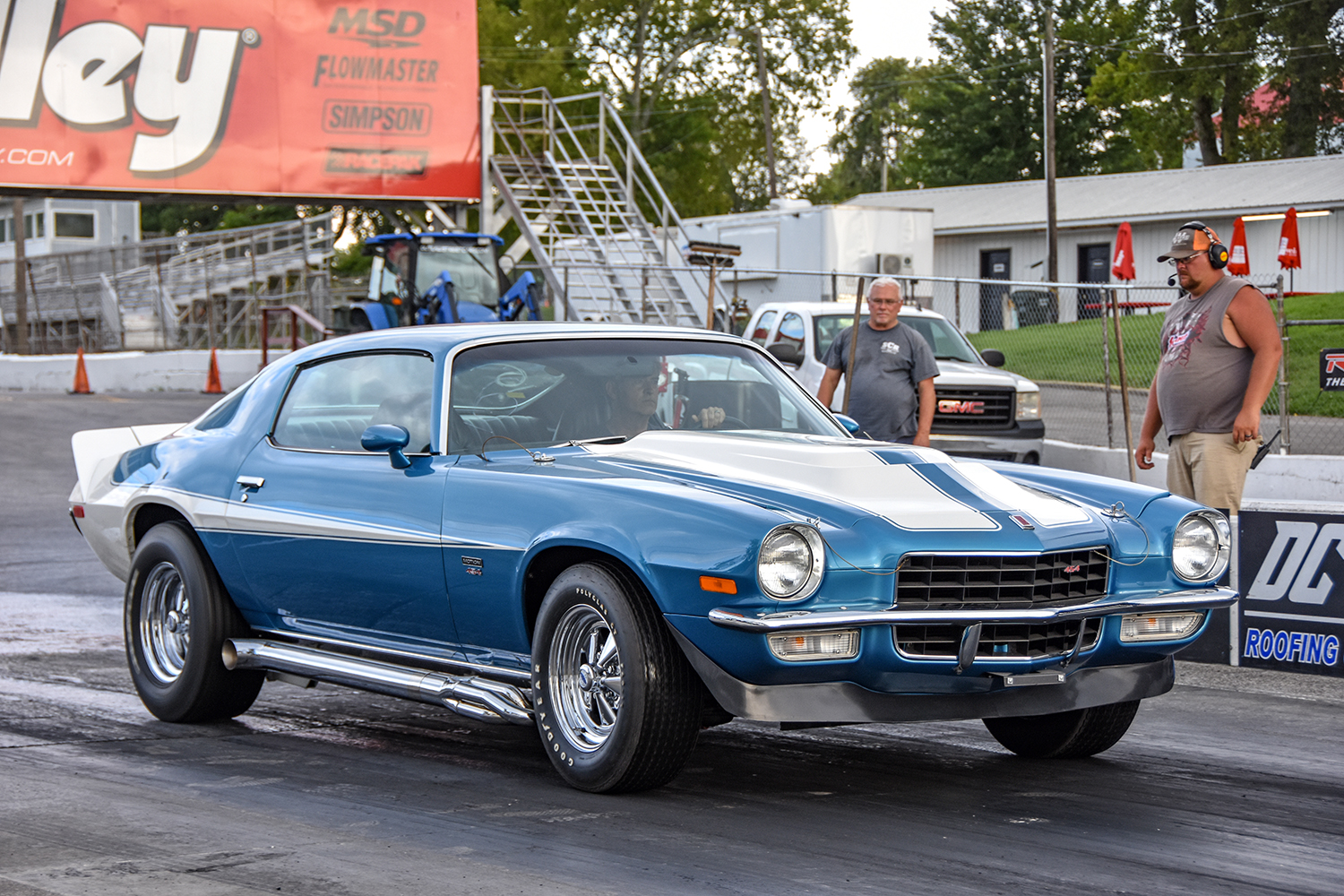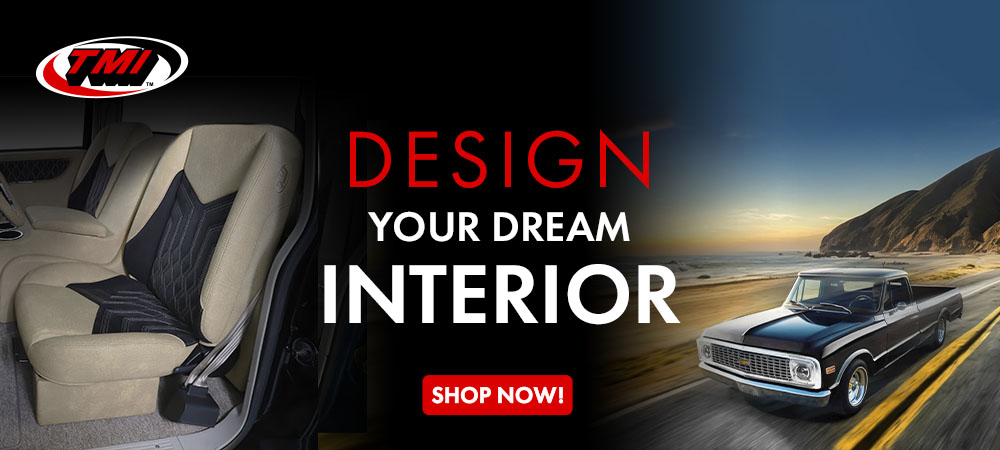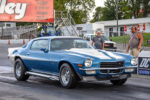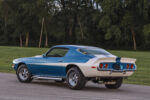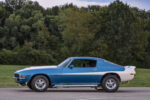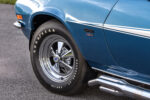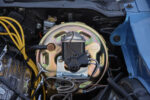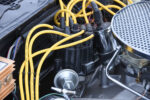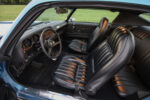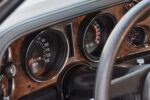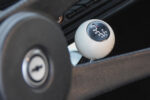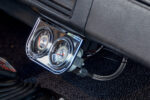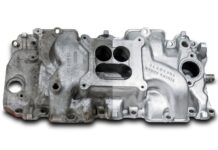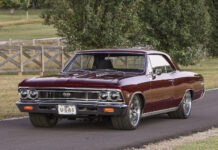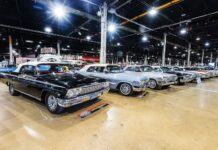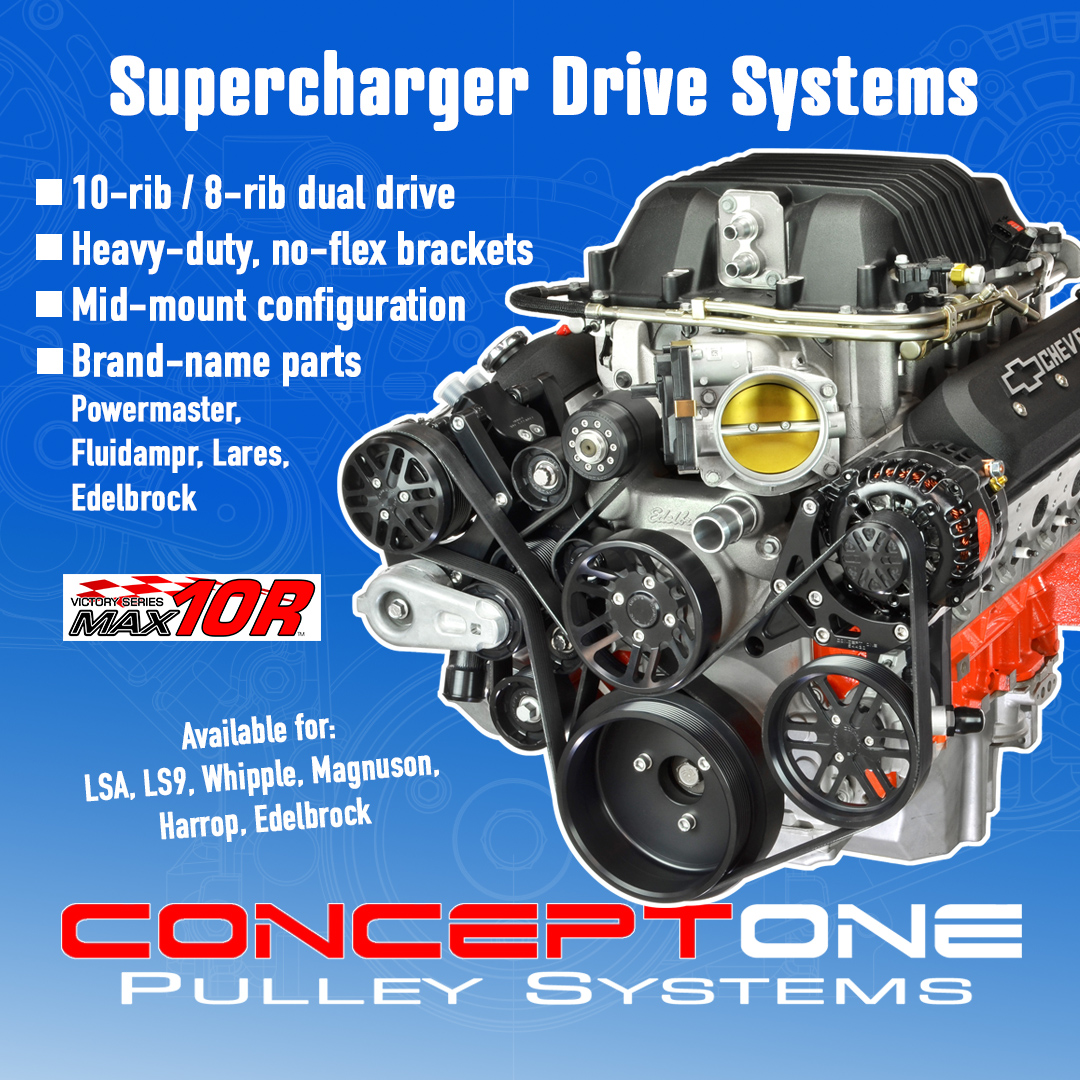By Tommy Lee Byrd – Images by the Author
Getting a second chance with your first love is a rare occasion, but that’s exactly what happened with Scott McKendry and his 1972 Motion Phase III Camaro Z28. This incredibly rare machine perfectly embodies 1970s high-performance builds, and it’s restored to a high level with period-correct components. The nuts and bolts of this car are outstanding, but it’s the story behind it that’ll bring a smile to your face. Let’s get into it.
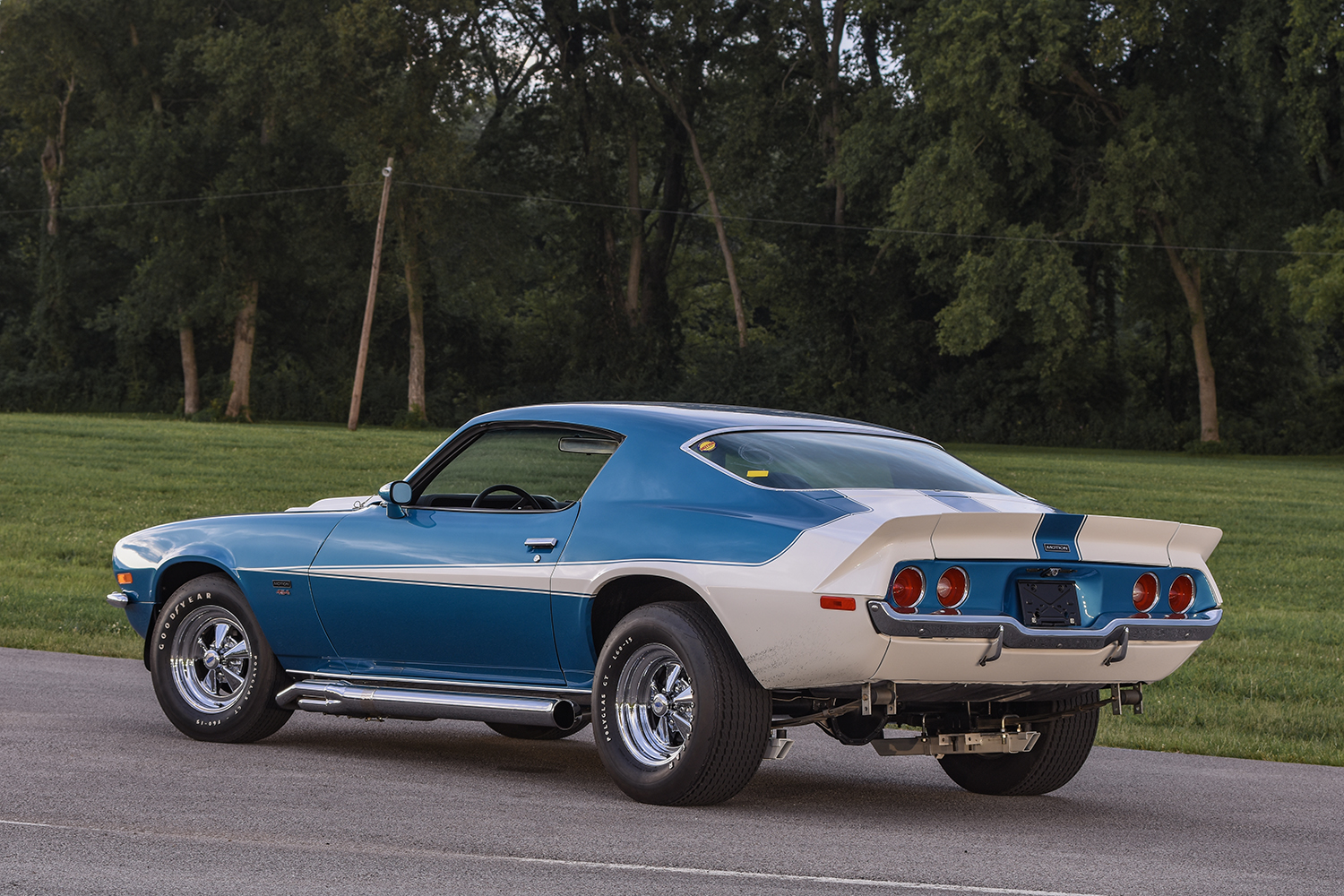
In 1984, Scott was approaching legal driving age and searching for the perfect first car. His older brother, Chris, drove a 1970 1/2 Camaro Z28, so a second-generation Camaro would be a natural fit for Scott’s first daily driver. Growing up near Raleigh, North Carolina, the options for used muscle cars covered a wide spectrum, but the McKendry brothers spotted a 1972 Camaro Z28 listed for sale in the Raleigh News & Observer newspaper. They checked it out but were caught off guard by the rowdy big-block and many aftermarket components on the car. Scott says, “The car was advertised as a Z28, but when we saw it, the emblems had been removed and replaced with Motion emblems.”
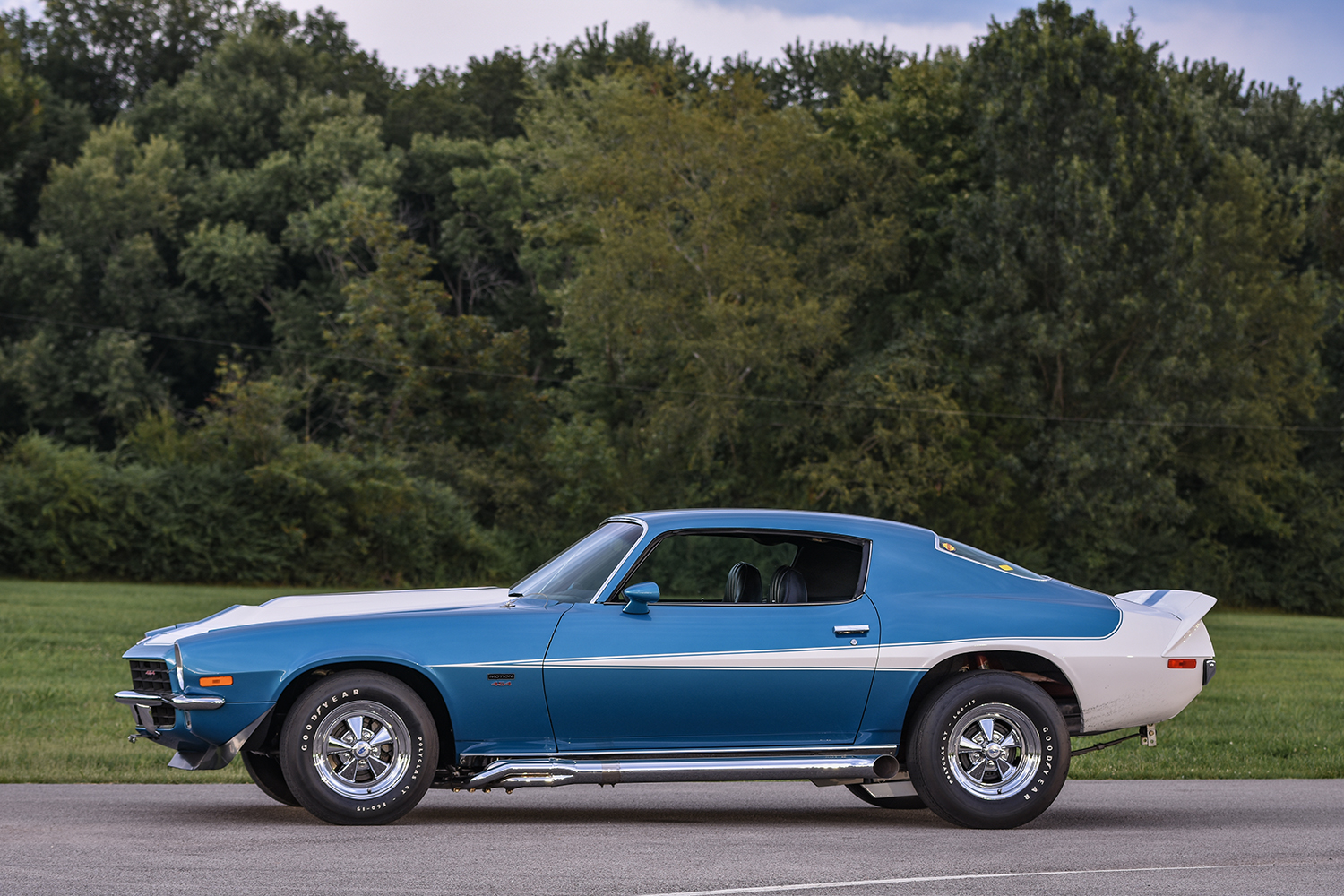
With no prior knowledge of Motion Performance or the wild creations from the New York–based company, the brothers assumed this was just a typical street machine that was stuck in the 1970s. Scott says, “I didn’t think Dad would want me to have a big-block hot rod for my first car, so I passed.” Despite missing out on the Camaro, he ultimately got his hands on a 1970 Oldsmobile 442 with W-30 engine, so he landed behind the wheel of a great muscle car.
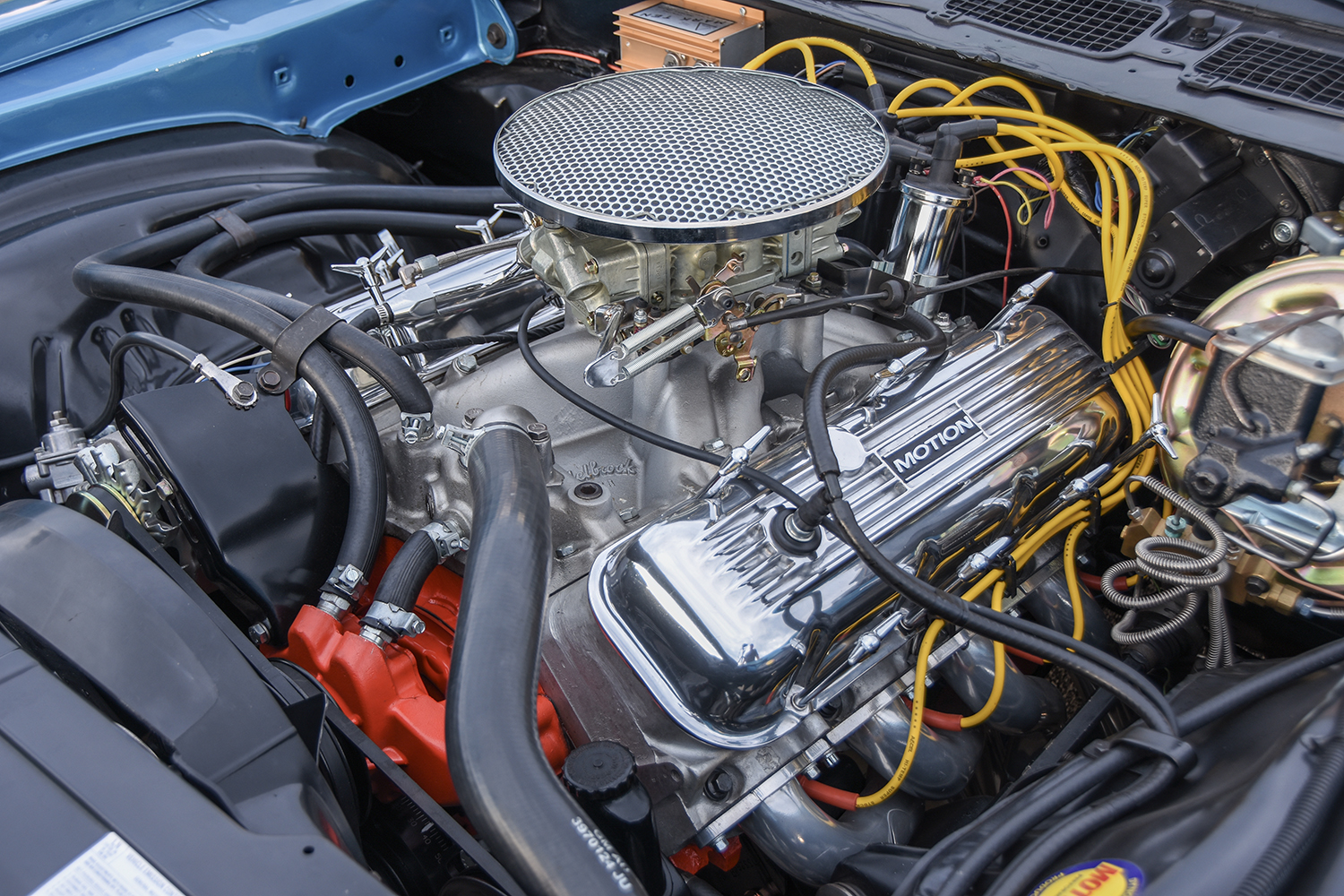
When Scott and Chris looked at the Camaro, Chris wrote down all the codes and numbers from every visible location on the car. He had a Chevy decoding book, and it revealed that it was, in fact, an original Z28 car, thanks to the “L” engine code in the VIN. This code signified the use of Chevrolet’s most powerful engine option: a 255hp 350ci small-block. Altogether, Z28 production came out to only 2,575 units, a considerably rare and desirable car, but none of those production figures mattered because this car didn’t match its factory pedigree.
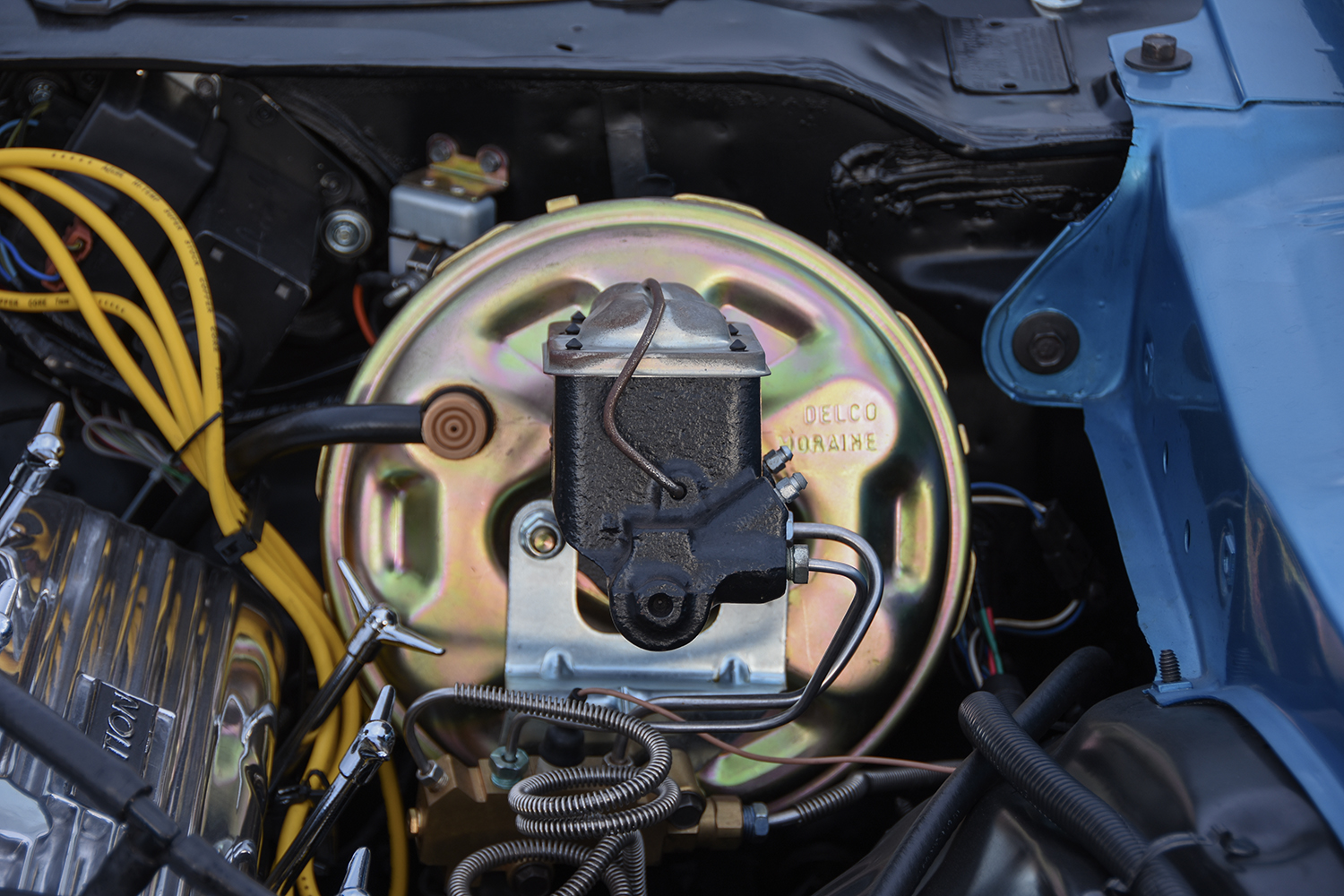
It was only a few weeks after looking at the Camaro that Scott read an article about Motion Performance in one of his older magazines and realized he had passed on something truly special. Even then, he didn’t understand the significance of the car, but it continued to bother him that it got away. More than 20 years passed, and Chris found the papers where he had written down the VIN and codes from the Camaro. He gave them to Scott and it kicked off an intense investigation effort to track down the car.
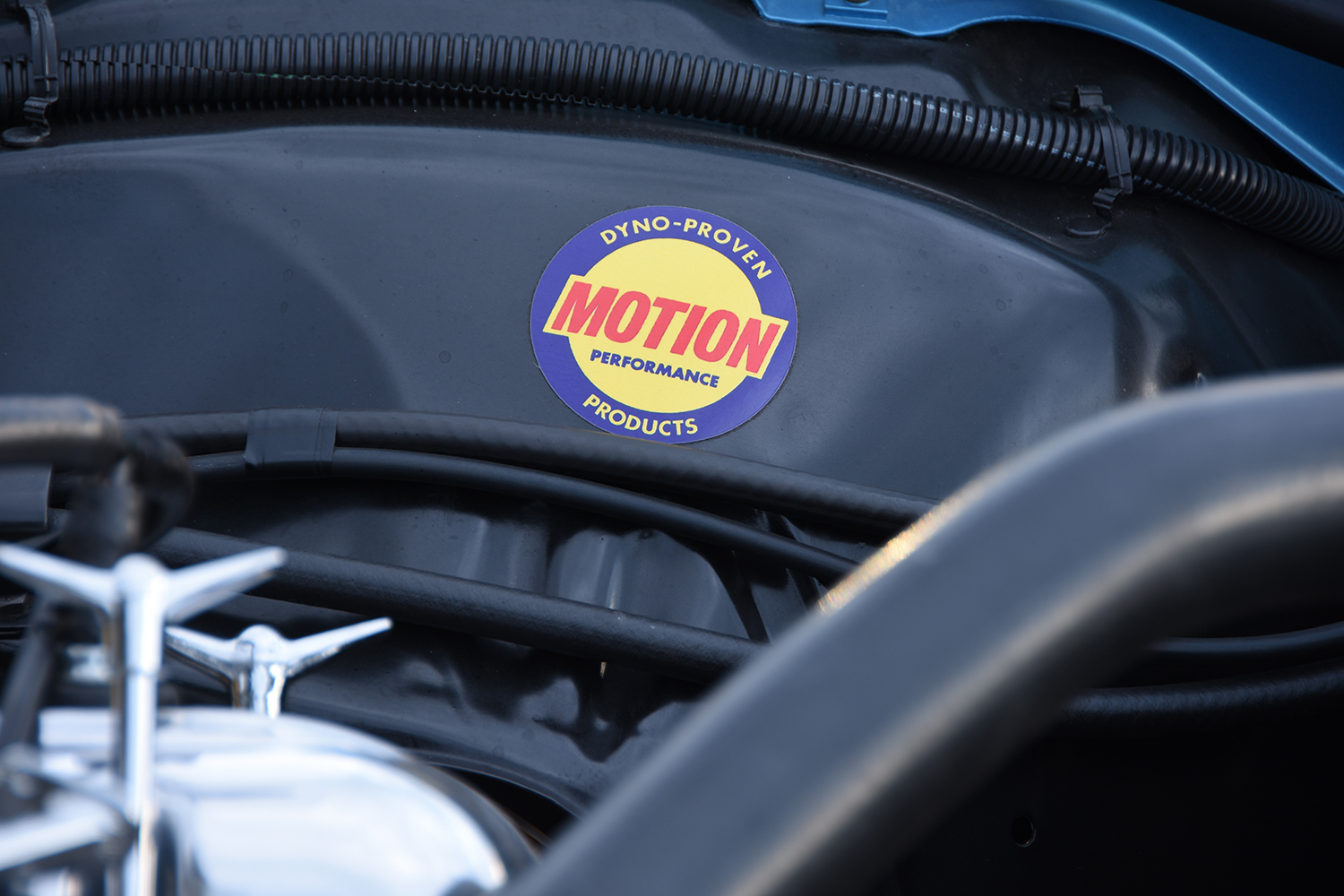
A good connection at the North Carolina DMV helped him track it down using the VIN, revealing that the car was last registered in 1985 and was still in North Carolina, presuming it hadn’t been scrapped, stolen, or sold without accurate paperwork. Miraculously, the car still existed, and he was able to buy it. From there, Scott dug even deeper to find the full history on the car and learn about its Motion Performance treatment.

Further research revealed the car was ordered by John White of Ahoskie, North Carolina, at a cost of $7,415.38. Motion Performance started with a Z28 but yanked the hot 350 and stuffed one of its infamous ZL/X big-blocks in its place. This package featured a 454ci short-block with 12.5:1 compression and a big 0.580/0.610-inch lift solid camshaft. The ZL/X could be configured in a few ways, and this one features an Edelbrock Tarantula intake manifold and Holley 850-cfm carburetor. Scott found evidence that the car previously had side pipes, so he sourced the proper Hooker side exit headers and polished pipes. He had Rick Ford in Sanford, North Carolina, install mufflers inside the pipes to tame the exhaust note.

The Camaro was upgraded to a TH400 automatic transmission with reverse manual valvebody and a 4.10:1-geared 12-bolt out back. Every Phase III car was guaranteed to run 11.0 or quicker in the quarter-mile, so these cars were aggressive by nature. Other period components include traction bars, Koni shocks, a Hurst auto stick shifter, Stewart-Warner gauges, and, of course, a set of Motion valve covers and Fly Eye air cleaner.
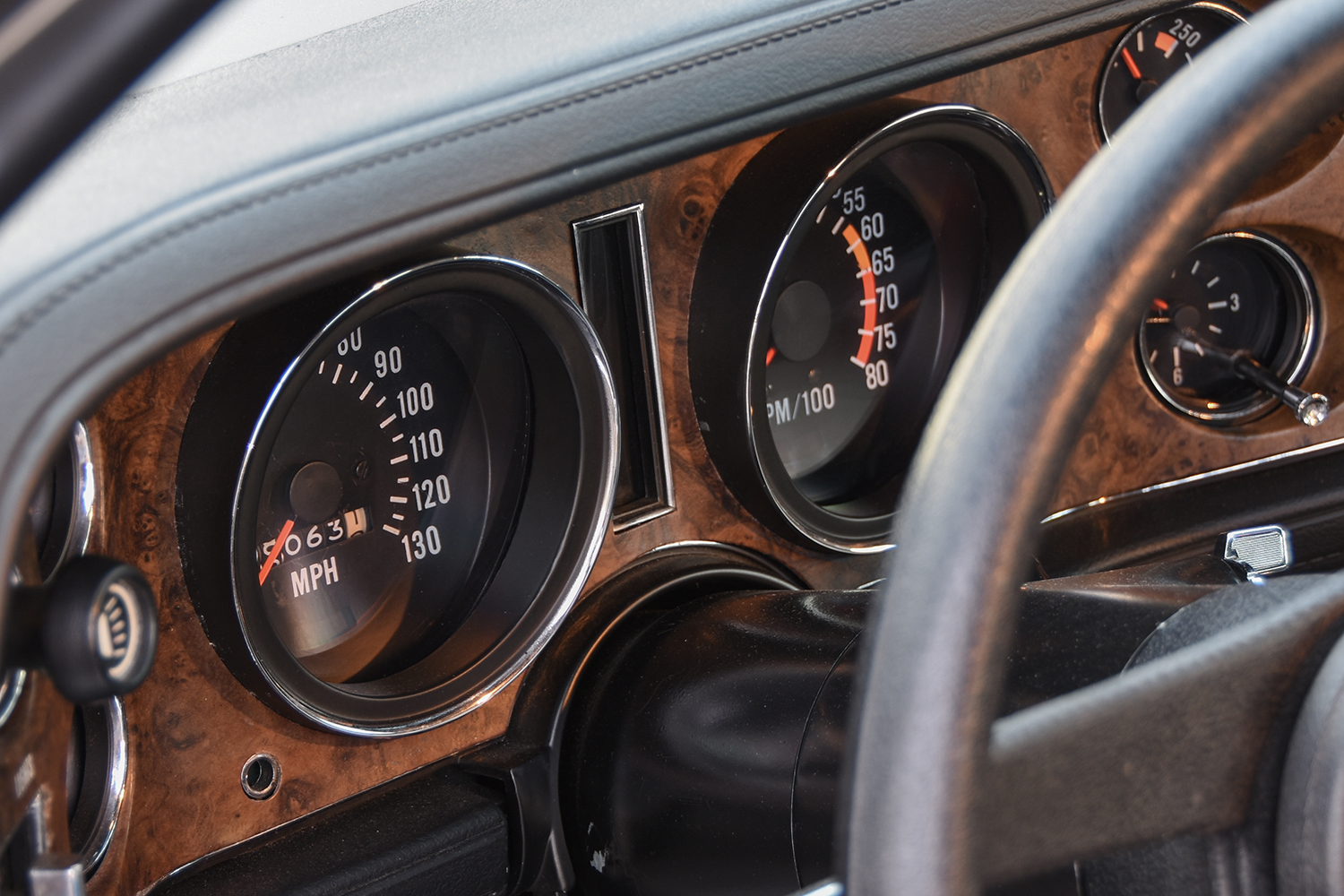
Scott spent the better part of 10 years researching and restoring his cherished Camaro. He stripped the car and repainted it using PPG materials in the original Mulsanne Blue with unique white stripes. This car featured a different Motion stripe design, as it starts with Z28 stripes and then flows into the typical pointed Motion side stripes. Typically, the Motion stripes started with a single stripe down the center of the car.

Scott also handled the interior restoration and many aspects of the mechanicals on the car. He finished off the outstanding early 1970s look with a set of staggered Cragar S/S wheels, wrapped in Goodyear Polyglas GT tires, sized at F60-15 and L60-15 for the perfect Day Two tire and wheel combination. The stance is slightly elevated in the rear, thanks to aftermarket shackles, but otherwise, the suspension is stock.
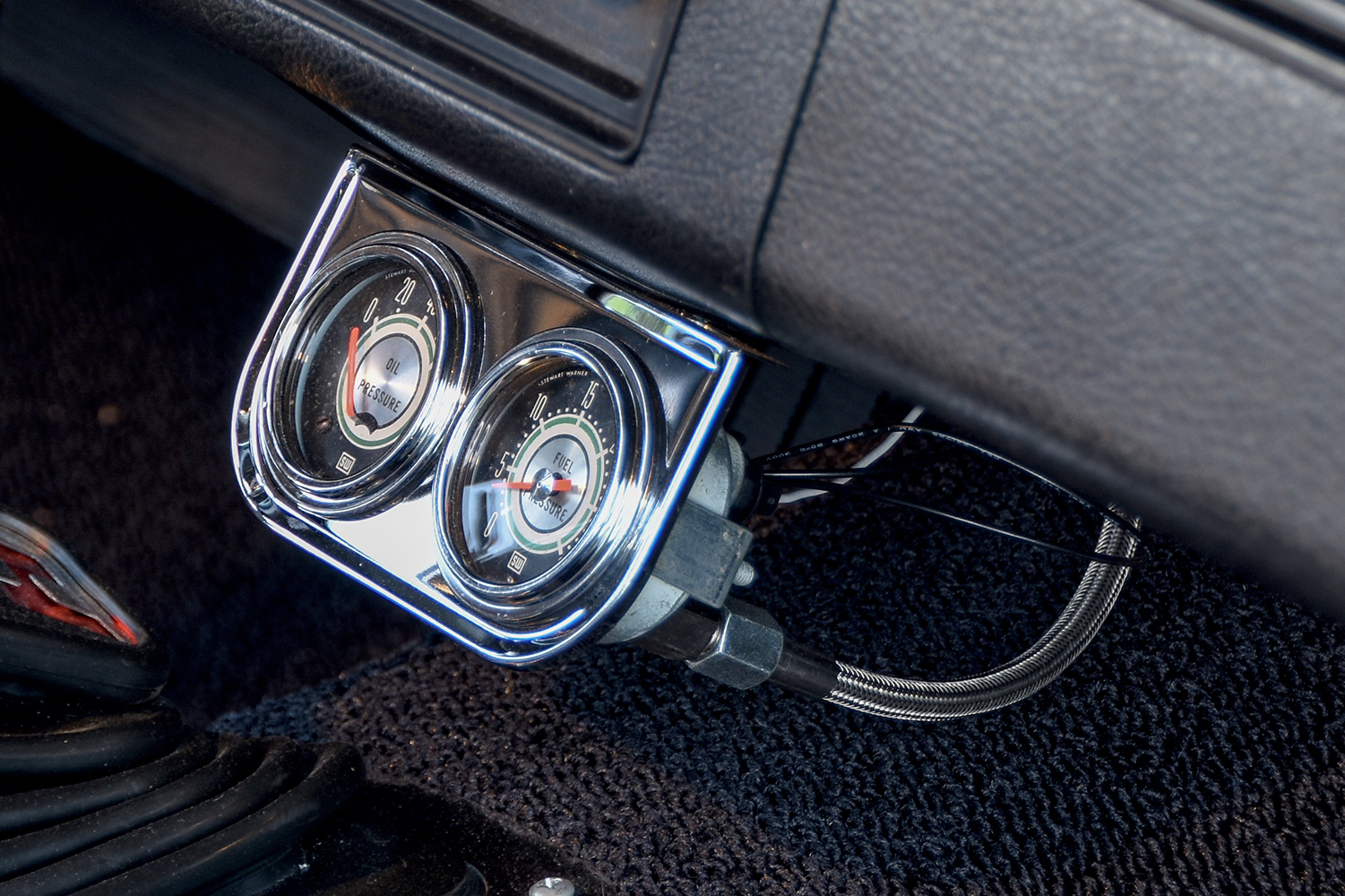
After a lengthy restoration, Scott has proudly displayed the car at many prestigious events, including the MCACN show in Chicago and the Super Car Reunion in Bowling Green, Kentucky. The car is well received wherever it goes, thanks to its excellent attention to detail and the historical accuracy. The car’s popularity grows even more as the story unfolds. It’s a story of second chances, good fortune, and an unforgettable car that came full circle.

Check out this story in our digital edition here.
TECH CHECK
Owner: Scott McKendry, Sanford, North Carolina
Vehicle: 1972 Chevrolet Camaro Z28, Motion Phase III
Engine
Type: Big-block
Displacement: 454 ci
Compression Ratio: 12.5:1
Bore: 4.250 inches
Stroke: 4 inches
Rotating Assembly: GM crank and rods, dome pistons
Cylinder Heads: 1970 GM 074 castings, aluminum
Valvetrain: GM
Camshaft: Baldwin Phase III 0.580/0.610-inch lift, solid lifters
Assembly by: Steve Sloan Performance
Ignition: Stock distributor, Delta Mark Ten ignition box
Intake: Edelbrock TM2R Tarantula
Carburetor: Holley 850 cfm
Exhaust: Hooker side exit headers, muffler inserts by Rick Ford
Ancillaries: Motion valve covers, Fly Eye air cleaner, Accel yellow plug wires
Output: Estimated 575 hp
Drivetrain
Transmission: TH400 with manual valvebody
Rear Axle: 12-bolt with GM Positraction and 4.10:1 gears
Chassis
Front Suspension: Stock with Z28 1-inch sway bar and Koni shocks
Rear Suspension: Stock leaf springs with tall shackles and traction bars
Master Cylinder: Stock replacement
Wheels & Tires
Wheels: Cragar S/S 15×7 and 15×8
Tires: Goodyear Polyglas GT F60-15 and L60-15
Interior
Seats: Stock bucket seats, reupholstered by Scott McKendry
Console: None
Shifter: Hurst Auto Stick
Instrumentation: Stock with Stewart-Warner auxiliary gauges
HVAC: None
Audio: Original
Exterior
Paint: Mulsanne Blue with White stripes, PPG materials painted by Scott McKendry
Hood: Fiberglass lift-off L88











